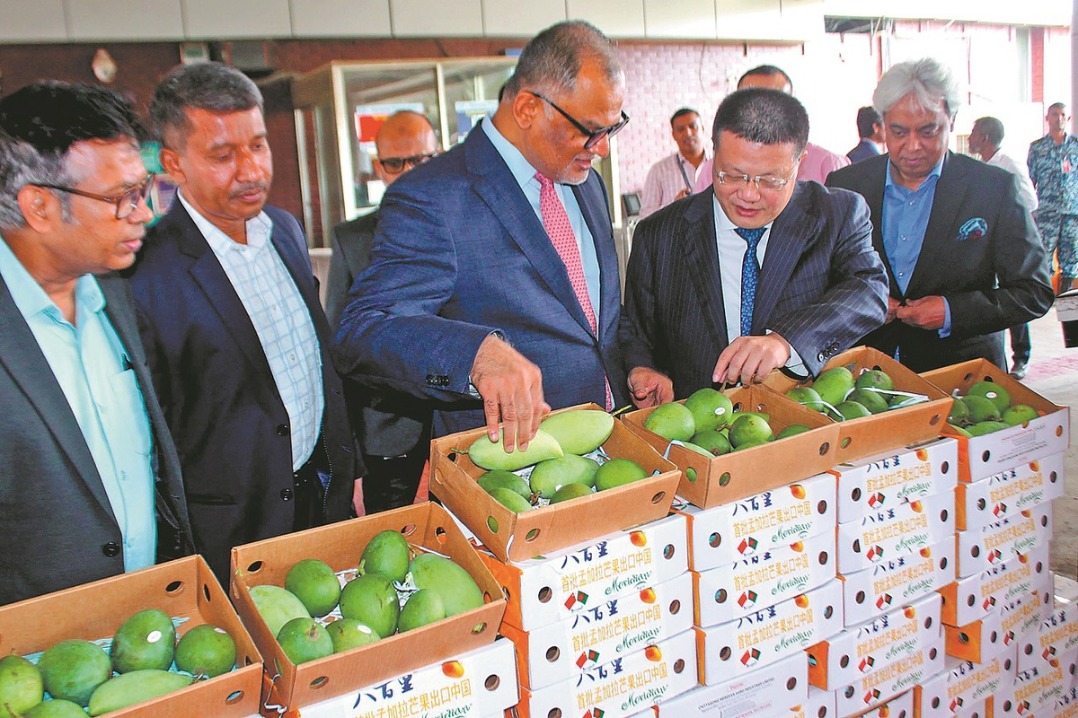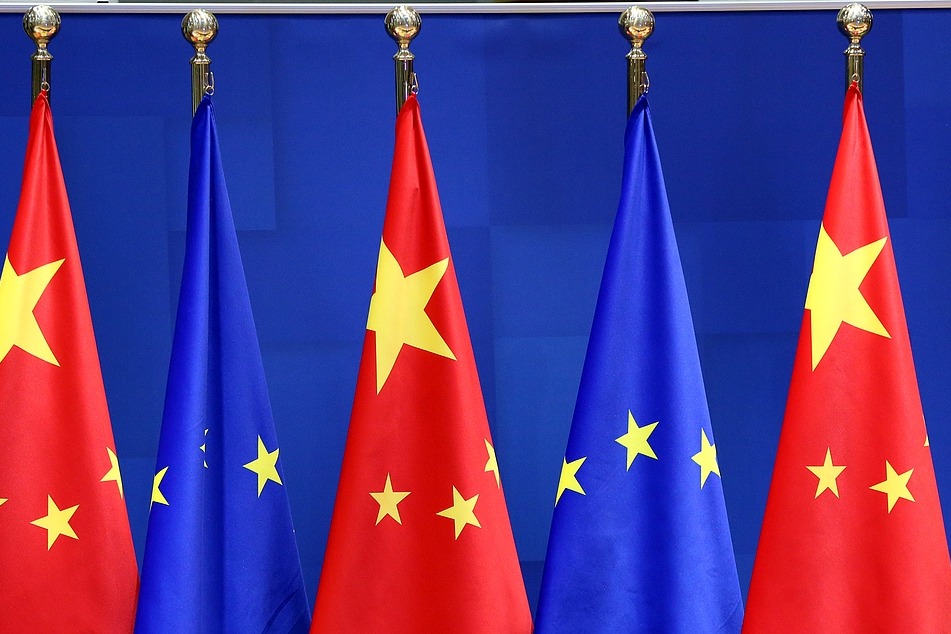Academic plagiarism has a new AI face?

AI a tool, not a crutch
The emergence of AI as a new technological frontier has brought forth intricate questions about its integration into academia, particularly in the realm of writing papers. As this cutting-edge technology evolves, the ability to discern, analyze, and differentiate its usage remains a challenge. Various nations and institutions hold differing views on the use of AI in paper writing, with some allowing it as long as it's not used for direct lifting, while others opt for outright prohibition.
In the long-term view, AI is destined to become a tool that is used in various aspects of life, including academic pursuits. This includes its role in writing papers. However, this doesn't amount to employing AI for plagiarism; rather, it's about leveraging AI to gather more information or conduct data analysis, adhering to copyright norms, and subsequently integrating this information into one's own writing.
The problem arises because some individuals are misusing AI, treating it as a simple copying tool instead of an aid. Such a practice is evidently illegal and problematic. However, in the broader context, it's imperative not to outright ban the use of AI in paper writing over these concerns. Instead, regulations should be developed based on the evolving landscape of AI technology to prevent the unauthorized use of AI for copying while allowing it to be used as a tool to enhance overall paper quality.
Direct AI-generated writing, as it stands, is based on data collection and analysis, which means it's unlikely to produce personalized, logically structured papers. When evaluating papers within the framework of AI technology, understanding the underlying logic and methodology is crucial to distinguish between AI-assisted writing and independent authorship. This is where the potential for technology that can differentiate between AI-assisted writing and original work comes into play.
With these distinctions in place, the concerns surrounding paper writing assistance can be alleviated.
The employment of plagiarism detection technologies, for instance, could pave the way for identifying AI-generated content versus manually composed work. By focusing on discerning the analytical process, it becomes feasible to ascertain whether a paper has been coherently crafted by the author or generated through AI.
Chu Zhaohui, a senior researcher at the National Institute of Education Sciences.
The views don't necessarily represent those of China Daily.
If you have a specific expertise, or would like to share your thought about our stories, then send us your writings at opinion@chinadaily.com.cn, and comment@chinadaily.com.cn.


































